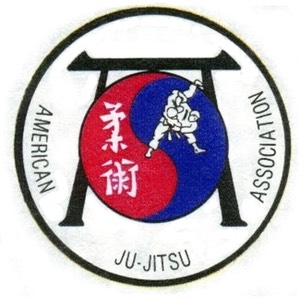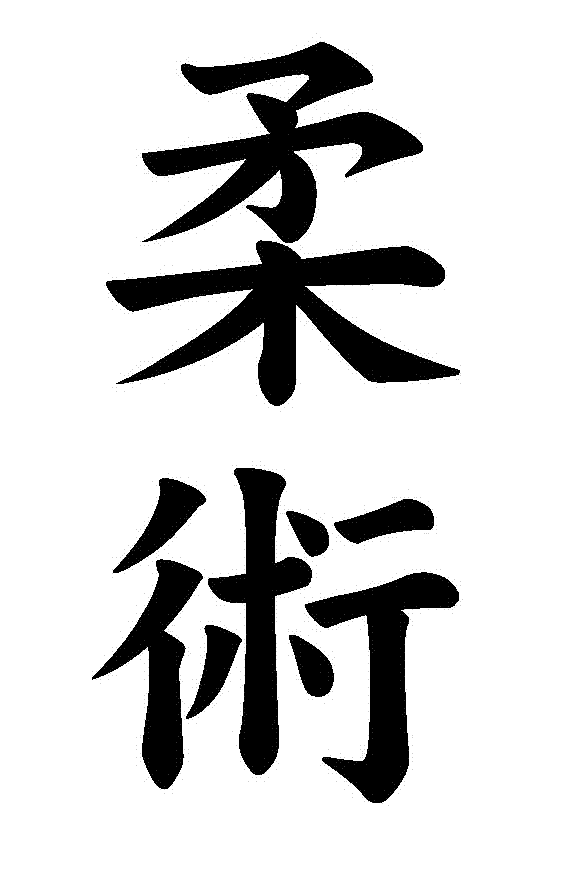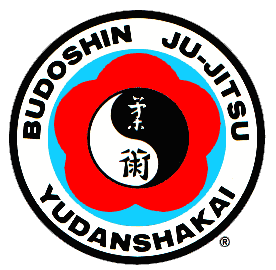The red and black logo above represents our dojo. The kanji characters in the patch read Ju-Jitsu (bottom right), meaning the Gentle or Adaptive Art, and Ji-Ei (top left) meaning "body defense" or "self defense". The bamboo in between the kanji symbolizes strength through flexibility.
The Vancouver Institute of Self Defense (VISD) was formally organized in September 2005; its instructors have been conducting free women’s self-defense clinics since 2003. We have held our classes for various churches, the YWCA in Vancouver, WA, the YWCA in Camas, WA, Clark College in Vancouver, WA, W.S.U. in Vancouver, WA, Senior Students at Columbia River High School in Vancouver, WA, Female Real Estate Agents and Medical Clinic workers, and the Students at Camas High School.
These classes are perfect for students going off to college and/or groups that want to have a fun and informative team building session.
Check out our weekly class schedule tab for more info.
Click here to find out more about our Self Defense Classes.
See us on KATU-2 TV (including video)
The VISD is closely affiliated with the American Jujitsu Association (AJA Dojo #2300), and teaches Japanese-origin Jujitsu under the philosophical framework of Budoshin Jujitsu. The Sensei holds AJA Instructor Certification TC-0406-2300. In addition to Budoshin Jujitsu, VISD incorporates the techniques of Taiho-Jutsu into the curriculum (advanced students only), which are the techniques that Japanese Law Enforcement Officers (and many others) use to subdue and restrain suspects. The Vancouver Institute of Self Defense is a non-profit community service effort offered to residents of Clark County, WA. It does not compete with store-front martial art businesses. As a policy, we cannot take students under the age of 14, and we require any teenagers below the age of 16 to be accompanied by a parent or guardian - primarily for safety reasons. Parents who choose to attend with their teenager will be amazed at the good that comes from this effort... for both of you.
Browse around our website for more information about who we are, what we teach - and why. If you have any questions or would like to speak with our Sensei or the Sempai (assistant instructors), check the Contact Us page.
NOTE: Budoshin Jujitsu Yudanshakai is an association of Budoshin black-belts.


